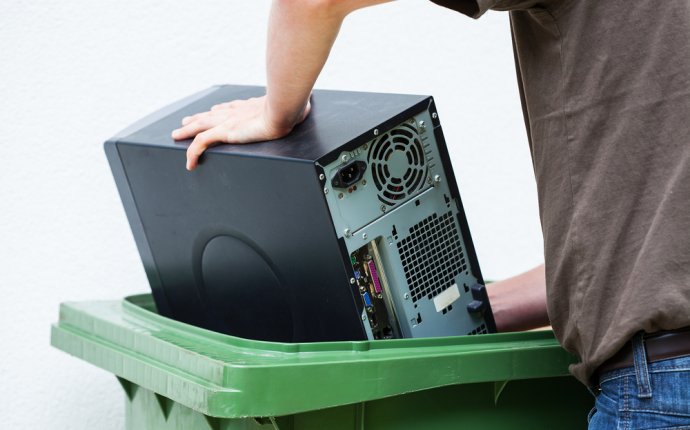
Home Garbage Removal
Home > Learning Center > Information for Homeowners > Home Maintenance Tips > Garbage Disposal Maintenance
These electrically-powered wonders, usually installed under your kitchen sink, grind your table and cooking scraps until they are small enough to go down to the drain. They can make life a little easier by reducing the solid waste and garbage you haul out to the curb. With a little routine maintenance and care, your garbage disposal will serve you for years.
Basic Maintenance Tasks
Maintaining your garbage disposal includes periodically sharpening the blades, and descaling and cleaning the unit. These chores are surprisingly easy! You can clean and sharpen the blades by dropping a few ice cubes in, grinding them and flushing the disposal with cold water. This can also help remove buildup. To further clean and descale the unit, pour a cup of vinegar in, let it sit for an hour or so and then flush it with hot water. You only need to perform this procedure about once a year.
Disposal Jams and Clogs
It is never safe to put your hands in the disposal! If something becomes stuck in the blades, turn the disposal off and use the supplied manufacturer's tool or a long wooden spoon handle for removal. You may have to push a reset button. Refer to your manual for proper removal of unwanted items from the disposal and for any resetting process.
Use Your Disposal Selectively
Get familiar with what you can grind safely in your disposal. Your manual will provide the details for your specific model, but here are some general guidelines:
- Potato peels and fibrous foods like celery and asparagus can clog your drain and disposal, so it's best to put them in the trash.
- Bones can damage the blades. Fine bones – like fish bones – can be put in the disposal, but put larger bones in the trash bin.
- Coffee grounds can collect in the pipe and cause a clog.
- Avoid pouring cooking oil or fats down your drain. Grease can solidify and clog your pipes.
Always run cold water before, during and after activating the disposal. The flow of water will help flush food particles down the drain.









